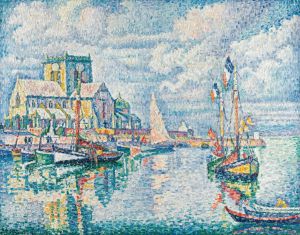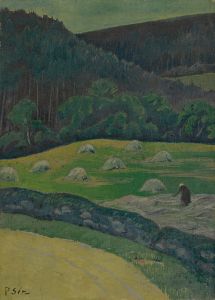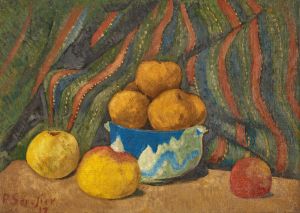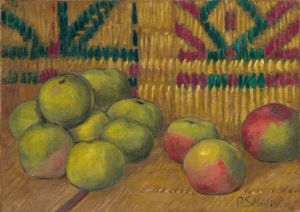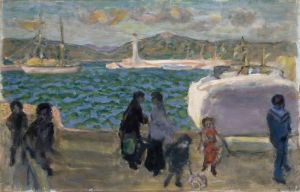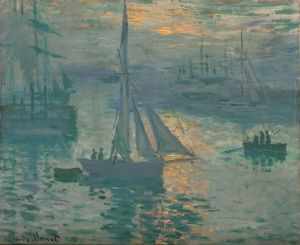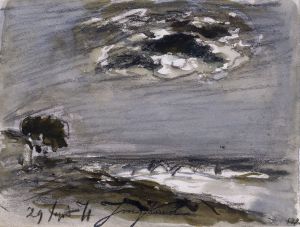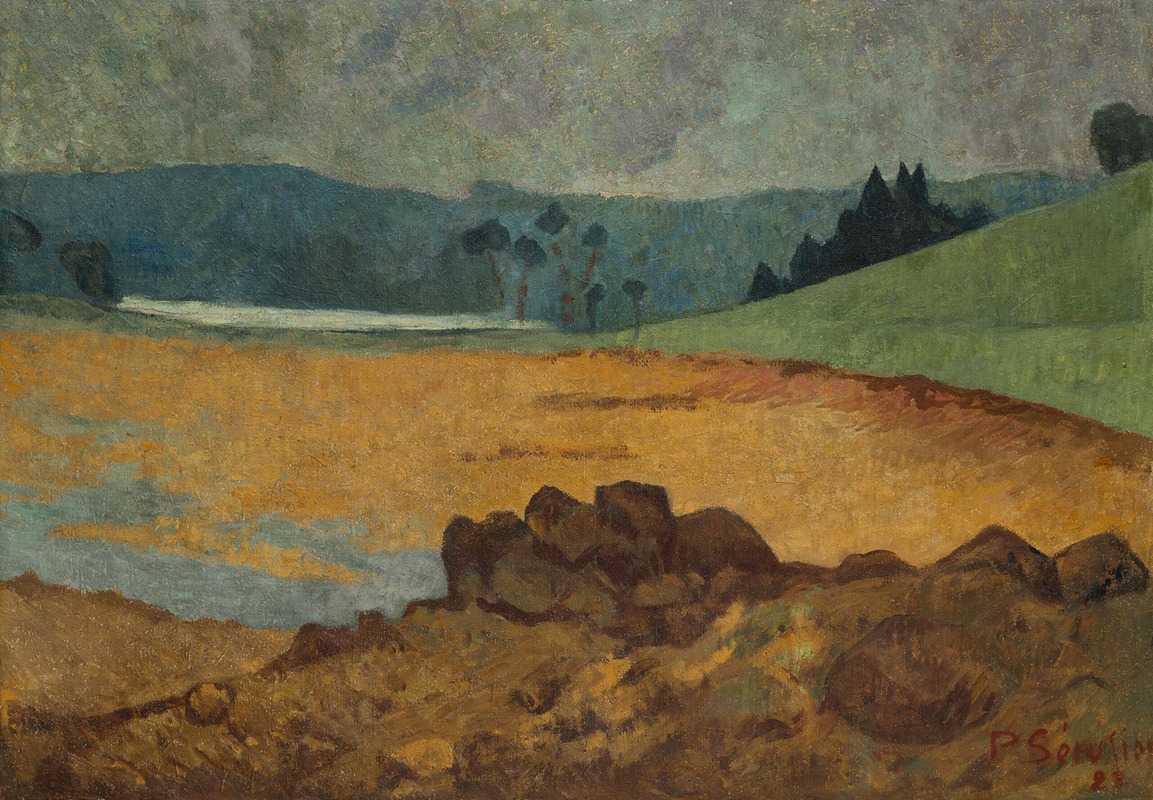
Bord de la mer à marée basse en Bretagne
A hand-painted replica of Paul Sérusier’s masterpiece Bord de la mer à marée basse en Bretagne, meticulously crafted by professional artists to capture the true essence of the original. Each piece is created with museum-quality canvas and rare mineral pigments, carefully painted by experienced artists with delicate brushstrokes and rich, layered colors to perfectly recreate the texture of the original artwork. Unlike machine-printed reproductions, this hand-painted version brings the painting to life, infused with the artist’s emotions and skill in every stroke. Whether for personal collection or home decoration, it instantly elevates the artistic atmosphere of any space.
Paul Sérusier's painting "Bord de la mer à marée basse en Bretagne" is an exemplary work that reflects the artist's engagement with the Post-Impressionist movement and his deep connection to the region of Brittany in France. Sérusier, born in 1864, was a pivotal figure in the development of modern art, particularly known for his role in the Nabis group, a collective of avant-garde artists who sought to synthesize symbolism and impressionism into a new artistic language.
"Bord de la mer à marée basse en Bretagne," which translates to "Seashore at Low Tide in Brittany," captures the serene and contemplative atmosphere of the Breton coast. Brittany, with its rugged landscapes and unique cultural heritage, was a significant source of inspiration for many artists during the late 19th and early 20th centuries. Sérusier was particularly drawn to the region's natural beauty and its distinct light, which he sought to convey through his use of color and form.
The painting is characterized by its bold use of color and simplified forms, hallmarks of Sérusier's style and the broader Nabis movement. The Nabis, whose name is derived from the Hebrew word for "prophets," were known for their innovative approach to color theory and their emphasis on the spiritual and symbolic dimensions of art. Sérusier, influenced by his interactions with Paul Gauguin, adopted a similar approach, using color not just to represent reality but to evoke emotion and convey deeper meanings.
In "Bord de la mer à marée basse en Bretagne," Sérusier employs a palette of muted yet harmonious colors to depict the tranquil scene of the Breton coast at low tide. The composition is marked by its flat planes and lack of perspective, a technique that Sérusier and his contemporaries used to challenge traditional notions of depth and representation. This approach allows the viewer to focus on the interplay of colors and shapes, inviting a more introspective and personal interpretation of the scene.
Sérusier's work is often noted for its synthesis of natural observation and abstract composition. In this painting, the artist captures the essence of the coastal landscape while simultaneously abstracting it into a series of interlocking forms and colors. This duality is a testament to Sérusier's skill as a painter and his ability to balance representation with abstraction.
The painting also reflects Sérusier's interest in the spiritual and mystical aspects of nature, a theme that runs throughout his oeuvre. By depicting the sea at low tide, Sérusier may be alluding to the cyclical nature of life and the passage of time, themes that were central to the Symbolist movement and resonated deeply with the Nabis.
"Bord de la mer à marée basse en Bretagne" is a significant work within Sérusier's body of work and the broader context of Post-Impressionism. It exemplifies the artist's commitment to exploring new artistic frontiers and his ability to convey complex ideas through simple yet powerful imagery. Today, the painting is appreciated not only for its aesthetic qualities but also for its contribution to the evolution of modern art, reflecting the innovative spirit of an artist who was ahead of his time.





